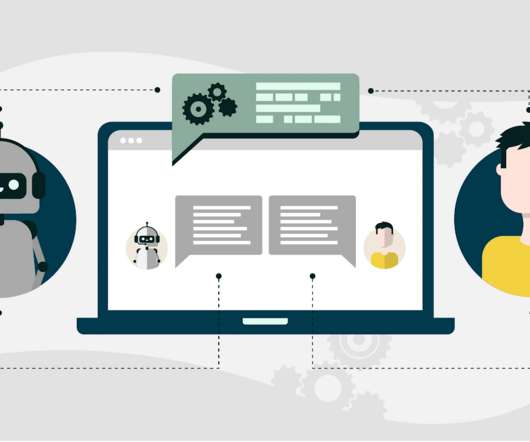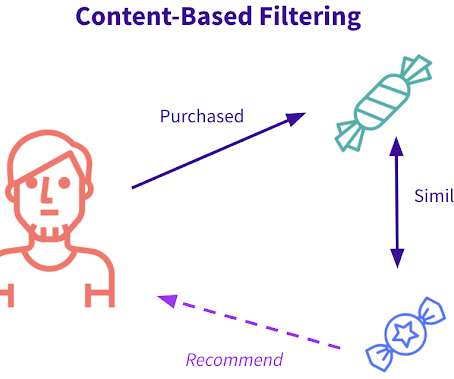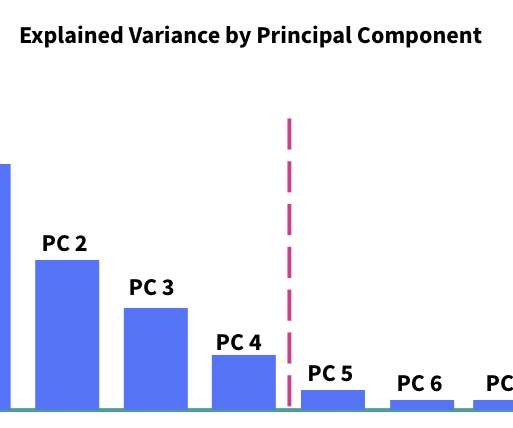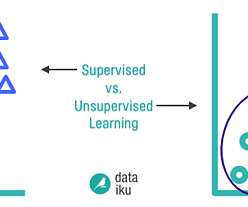Tree-Based Machine Learning Models: How They Work (In Plain English!)
Dataiku
APRIL 6, 2020
In the last post in the Top Machine Learning Algorithms: How They Work (In Plain English!) series, we went through a basic overview of machine learning and introduced a few key categories of algorithms and explored the most basic one, linear models.

















Let's personalize your content